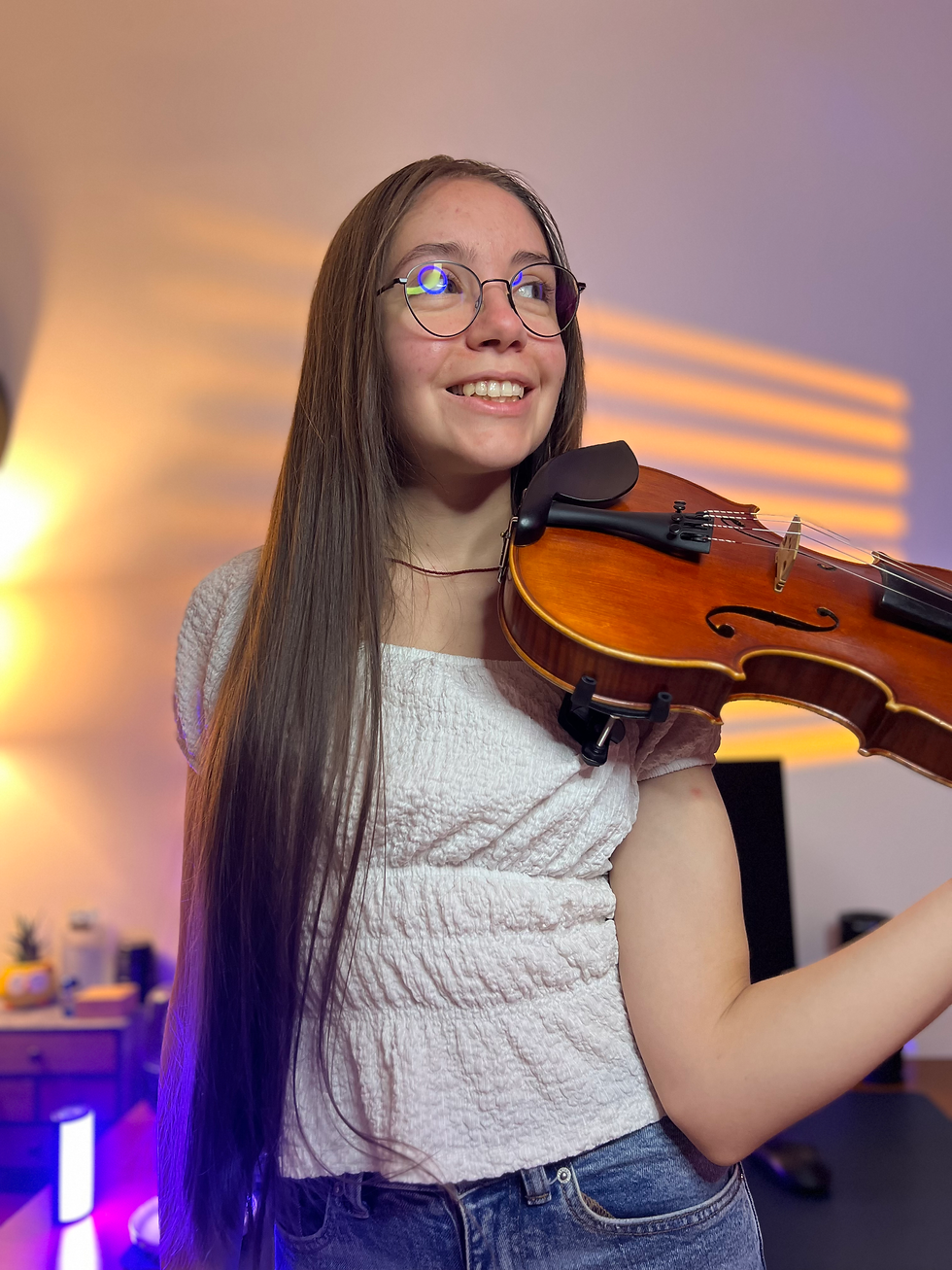Sight-Reading Tips that Work
- Rebeca&Leon

- Jun 30
- 2 min read
Updated: Oct 21

Have you ever been excited to learn a new piece? It’s fresh, it’s fun, and it should sound amazing! ✨ But then… You start to sight-read, and it’s not what you expected…
Every note sounds wrong, the rhythm is clumsy, you can’t get past the first few bars—it feels frustrating, and you want to give up! 😩
Why? Because you need a clear structure!
Don’t worry—this happens to all of us, and it can be improved.
A few sight-reading tips that work and we use with our students to help them easily do it are:
Start by scanning the entire score with your eyes. We always ask our students to first look for the time and key signature, accidentals, patterns, and any sections that repeat on the score. This helps them actually understand what they will play! 🧠
Play the scale of the key signature first. For example, if the piece is in D major, play the D major scale beforehand so your fingers get used to the fingerboard placement.
NEVER start playing at a fast tempo! We know how tempting it is to start playing in the final tempo, but this is not a good idea…Begin slowly to give yourself time to process all the markings in the score.
Start with just the left hand. Practice silent fingering first before adding the bow—this helps your fingers get familiar with the positions and makes the piece feel less intimidating. Silent reading always helps our students calm the anxiety about the new score! 😊
Read ahead! Always EYES BEFORE FINGERS! 👀 Look a few notes ahead of where you’re playing. After doing this a few times, your brain will start to anticipate fingerings, and sight-reading will start to be easier and easier!
It is important to practice sight-reading regularly to train your fingers and brain. We promise you, it will get much easier and most importantly: IT WORKS! Don't be discouraged, and be patient!✨
Remember, if you're ever struggling or need help on your journey, you can always reach out to us. We're more than happy to support you! 🤗



Comments